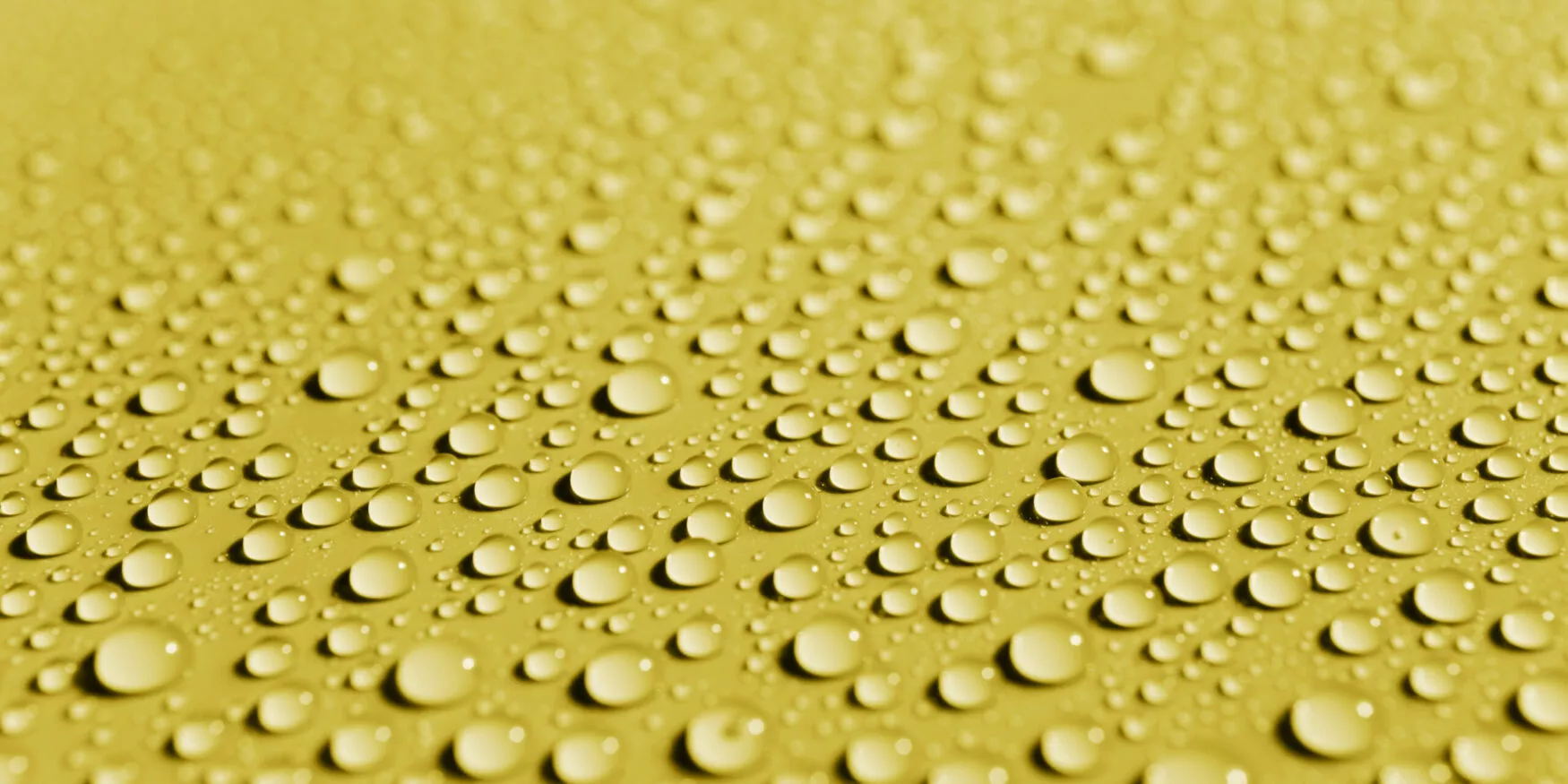Sol-gel
Sol-gel processes (solution - gelation) can be considered as a soft chemistry technique used for the manufacture of glass, ceramic and hybrid materials that does not require high temperatures. The process is based on hydrolysis and condensation reactions of precursors.
It is used for the manufacture of materials (glass, ceramics, nanoparticles) or for the formulation of coatings. In the latter case, the sol is applied to the surface using different application techniques (similar to those used for a paint or varnish). After evaporation of the solvent and a cross-linking step (by thermal or UV light), a hybrid three-dimensional network is formed.
Our strengths :
- Mastery of the sol-gel formulation for a wide range of applications and substrates including selection of precursor, solvents, additives, fillers, the synthesis and optimization of proportions and the study of the type of annealing (thermal, UV, IR, plasma, etc.). The various applications developed at Materia Nova (in partnership with ESIX) are corrosion protection, antifouling, antimicrobial, electrical insulation, aesthetic properties, etc.
Our solutions for this technology
- Antimicrobial properties
- Anti-adhesion, wettability and sliding
- Adhesion promoter and/or (in)organic adhesive
- Surface cleanliness (easy to clean, self-cleaning, anti-dirt, anti-fingerprint)
- Outdoor resistance (atmospheric agents, UV, temperature, humidity, pollutants)
- Glossy, satin or matt surface
- Protection against corrosion
- Surface colouring
- Anti-friction and anti-noise coatings
- Biobased durable coatings
